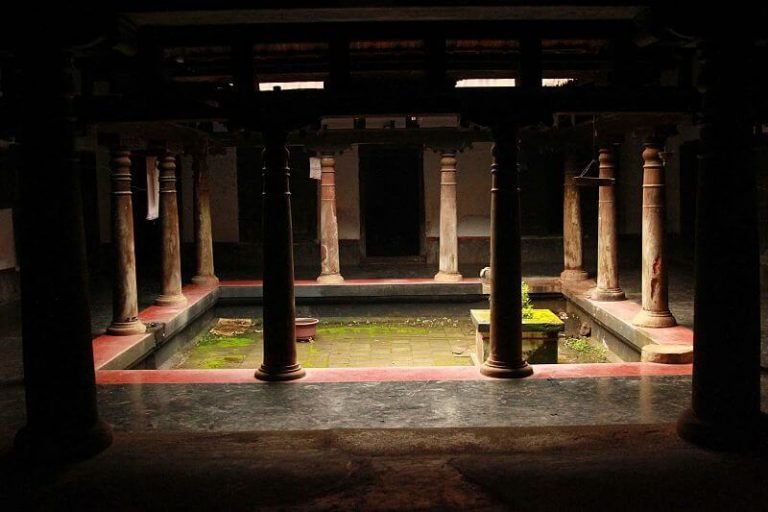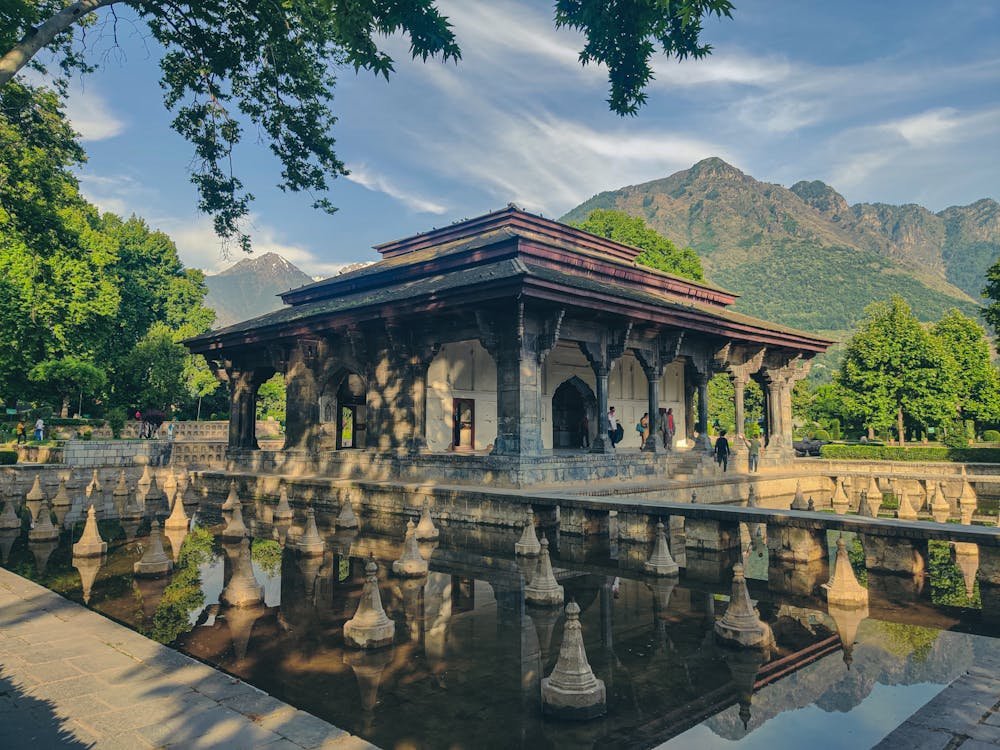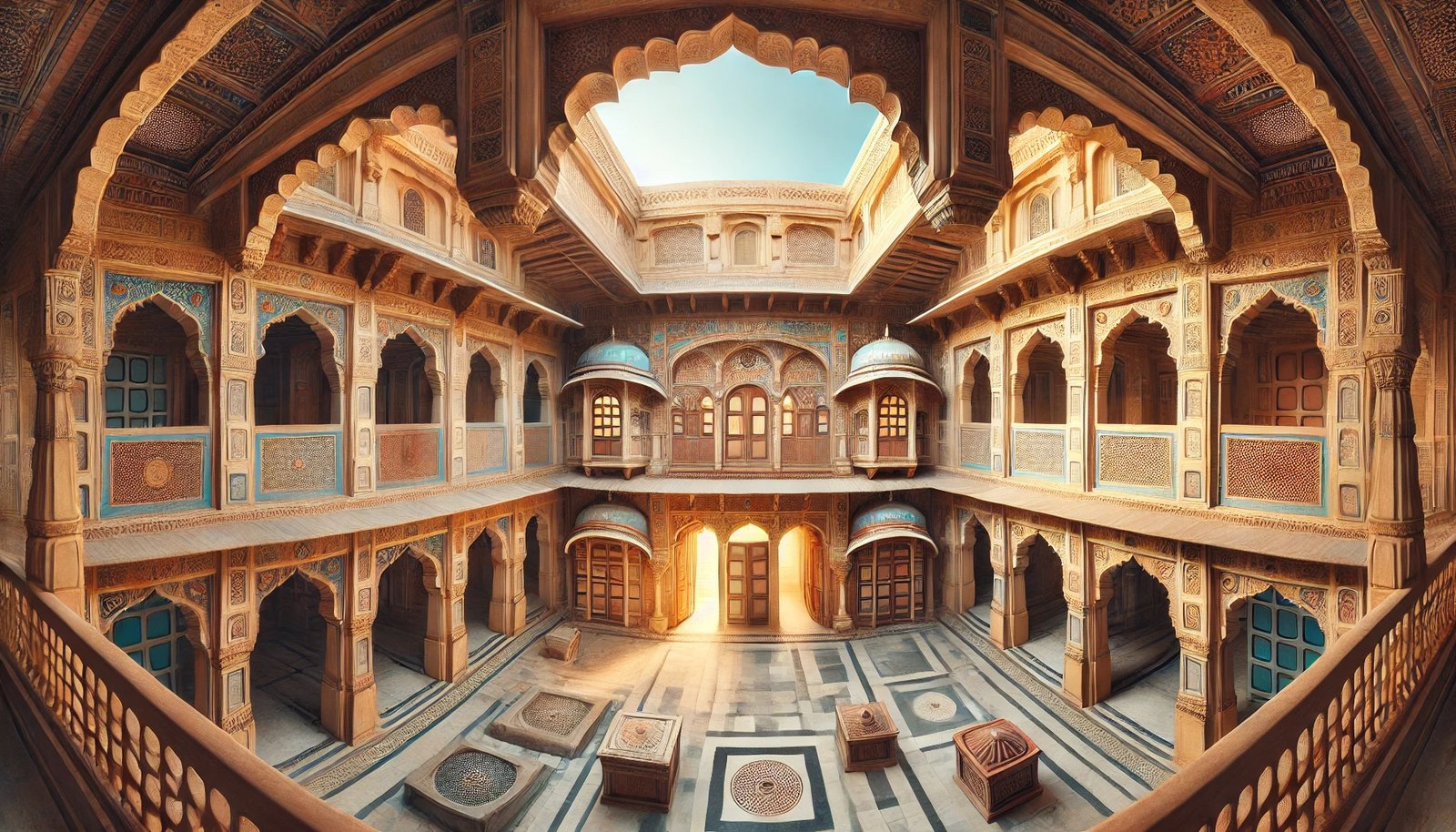Introduction
In the world of Architecture, the design of a space is very crucial in creating the right environments. Open, closed and semi open spaces are different space types that bring their own different vibe and influence how we move, interact and feel within its structure.
Open Spaces
Open spaces in architecture are structures that lack physical barriers around them and provide enough ventilation and light, making a comfortable and pleasant environment for everyone.
Open spaces are all about freedom, openness and connectivity. These spaces do not have any walls to hold you back or roofs to stop you flying. It lets you flow naturally by letting in unobstructed light and air.

Open spaces are an essential part of our lives for social gatherings, festivals and even day to day activities. For instance, a park or a stadium.
In Indian architecture, Havelis are an example that typically features a central courtyard with a functional living environment even in the hot and humid climate.

Closed Spaces
Closed spaces can be defined by their enclosed nature that offers privacy, security and a controlled environment. These are spaces where comfort and intimacy is explored while being protected from the external elements as well. Most houses to spaces like malls and movie theaters are all considered to be a closed space.
In Indian forts such as the Mehrangarh Fort in Jodhpur, closed spaces are used strategically to improve defense and privacy. Thick walls, narrow passages and hidden chambers provide protection and make the space functional at the same time.

Semi Open Spaces
Semi open spaces are a combination of both open and closed spaces. These spaces give a balance between the openness of the outdoors and the comfort of an enclosed space. It lets you interact with the outside world while having your privacy and protection ensured. The balcony in your apartment or a restaurant rooftop are all examples of semi open spaces.

The pavilions of Mughal gardens such as the Shalimar Bhag is an Indian architectural example for a semi open space as it showcases an elegant, shaded space amidst the lush green gardens with the coziness of a sheltered space; an ultimate spot for socializing and relaxing!

Conclusion
Referring to D.K. Ching’s “Architecture: form, space and order,” it is stunning how these spatial elements are skillfully created in Indian architecture.
The art of designing open, closed or semi open spaces are very crucial in architecture to provide a meaningful function and feeling that is right. These thoughtful designs can influence our experiences, emotions and the interactions within a space. From freedom to comfort to the balance of both, a space can boost our lives in countless ways.
Bibliography
– D.K. Ching (2007). Architecture: Form, Space and Order (third edition). Hoboken, NJ : John Wiley & Sons
– Volzero. Spaces in Architecture : What are various types?
